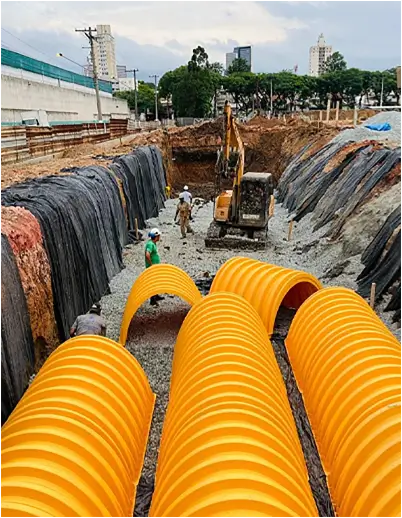Oct . 14, 2024 03:36 Back to list
Water Supply Line Installation Under Kitchen Sink Guide
Understanding Water Supply Lines Under Your Sink
Water supply lines play a crucial role in the plumbing system of any home, especially in areas like the kitchen and bathroom where we require a steady flow of water. This article delves into the significance of water supply lines under the sink, their components, common problems, and maintenance tips to ensure their longevity and efficiency.
What Are Water Supply Lines?
Water supply lines are pipes that transport water from the main supply to various fixtures, including faucets, dishwashers, and refrigerators with water dispensers or ice makers. Typically made from materials such as copper, PVC, or braided stainless steel, these lines are essential for delivering hot and cold water reliably. Each sink usually features two supply lines one for hot water and one for cold water.
Components of a Sink's Water Supply System
1. Faucet The central feature of any sink, faucets have valves that control water flow.
2. Supply Lines These can be rigid or flexible connections running from the plumbing system to the faucet.
3. Shut-off Valves Usually located under the sink, these valves allow homeowners to stop water flow to the faucet during repairs or emergencies.
4. P-trap While not part of the supply system, the P-trap is a crucial element of the sink’s drainage, preventing sewer gases from entering the home.
Common Problems
Despite their sturdiness, water supply lines can develop issues over time. Some common problems include
1. Leaks Leaks can occur at connection points or due to corrosion and wear. Even a small leak can lead to significant water damage if left unattended.
water supply line under sink service

2. Clogs Mineral deposits can build up inside supply lines, reducing water flow and pressure.
3. Bursting Neglecting old supply lines can lead to bursting, often a result of freezing temperatures or excessive pressure.
4. Improper Installation If supply lines are not fitted correctly, they can develop leaks or fail prematurely.
Maintenance Tips
To prevent issues with your water supply lines, consider the following maintenance tips
1. Regular Inspections Routinely check the supply lines for any signs of leaks, corrosion, or damage. Pay particular attention to the connection points, as these are often most vulnerable.
2. Clean Mineral Deposits If you notice a decrease in water pressure, mineral buildup might be the cause. Clean the aerator on your faucet regularly to ensure unobstructed water flow.
3. Replace When Necessary If you have old rubber hoses, consider replacing them with braided stainless steel lines, which are more durable and less prone to bursting.
4. Know Your Shut-off Valves Familiarize yourself with the location and operation of shut-off valves. In the event of a leak or any plumbing emergency, being able to quickly stop the water flow can prevent extensive damage.
5. Professional Help If you're unsure about the condition of your supply lines or encounter any major plumbing issues, it’s wise to call a professional plumber. They can offer expert insights and perform necessary repairs or replacements effectively.
Conclusion
Understanding the role and care of water supply lines under your sink is essential for maintaining a functional and efficient plumbing system in your home. By being proactive about inspections, cleaning, and timely repairs, you can extend the lifespan of these vital components and avoid costly repairs down the line. Remember, a clean and well-maintained water supply line not only contributes to the convenience of daily life but also enhances the overall plumbing health of your home.
-
High-Quality PVC Borehole Pipes Durable & Versatile Pipe Solutions
NewsJul.08,2025
-
High-Quality PVC Perforated Pipes for Efficient Drainage Leading Manufacturers & Factories
NewsJul.08,2025
-
High-Quality PVC Borehole Pipes Durable Pipe Solutions by Leading Manufacturer
NewsJul.08,2025
-
High-Quality PVC Borehole Pipes Reliable PVC Pipe Manufacturer Solutions
NewsJul.07,2025
-
High-Quality UPVC Drain Pipes Durable HDPE & Drain Pipe Solutions
NewsJul.07,2025
-
High-Quality Conduit Pipes & HDPE Conduit Fittings Manufacturer Reliable Factory Supply
NewsJul.06,2025

